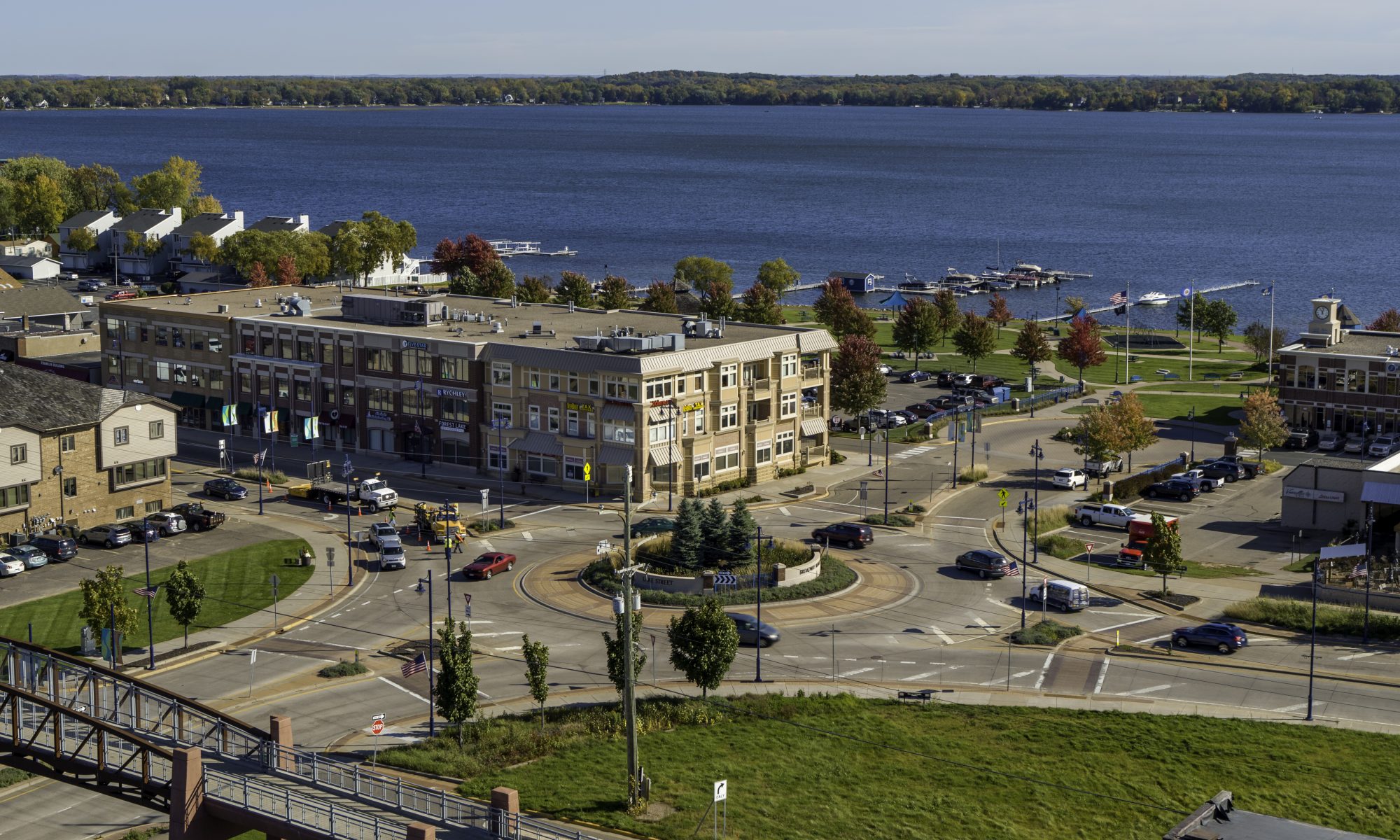Industry News // May 25, 2021
EPA Selects Washington County to Receive Brownfields Grants Totaling $600,000
CHICAGO (May 17, 2021) – Today, U.S. Environmental Protection Agency announced that the City of Mankato and the Washington County Community Development Agency have been selected to receive grant awards totaling $900,000 in Brownfields funding through its Multipurpose, Assessment and Cleanup (MAC) Grants. Both communities will use the funds to investigate the environmental condition of abandoned industrial and commercial properties that have been targeted for redevelopment.
“EPA’s brownfields program is providing critical funding to help empower Minnesota communities to address the environmental, public health and social issues associated with contaminated land,” said Acting EPA Regional Administrator Cheryl Newton. “EPA commends community leaders for using these funds to take vital steps forward to improve the environment and the local economy. These grants underscore EPA’s commitment to lifting up and protecting all communities – especially overburdened and underserved communities – throughout Minnesota.”
“Assessing and tending to abandoned properties creates cleaner spaces for residents while addressing environmental risks,” said Sen. Amy Klobuchar. “I’m pleased that the EPA is making this investment in Forest Lake, Newport, St. Paul Park, and Mankato, putting real resources behind efforts to strengthen our state’s neighborhoods and habitats.”
“We need to promote environmental justice in Minnesota by addressing industrial and commercial pollution across the state, especially in low-income communities and communities of color. These grants will help Minnesota clean up contaminated properties including a former gas station, former feed mill, former grocery store and a vacant strip mall. Not only will this make the environment healthier for families, but it’ll revitalize neighborhoods and create economic opportunity,” said Sen. Tina Smith.
“I am so pleased that the Washington County Community Development Agency in Minnesota’s Fourth District will receive funding through EPA’s Brownfields grant program to clean up abandoned industrial and commercial waste sites in our community. I’m proud to that my efforts to increase this funding when I was Chair of the Interior Appropriations Subcommittee are now helping to reduce the pollution in our neighborhoods from former gas stations, old junk yards, and other sources of environmental contamination. This federal funding is instrumental in working to achieve environmental justice for communities that have historically been left out of the targeted investments that are needed to ensure a clean and healthy environment in which our families and children can live, work, and play,” said Rep. Betty McCollum.
“Contaminated and abandoned industrial and commercial properties present untold risks to the health and safety of residents, and it is vital that we invest in addressing these problems now. The results of this grant, including cleanup plans, and community outreach activities, specifically in the City of Forest Lake, will improve the community, and its environment, making it a safer place for Minnesotans to live. I am grateful for the EPA’s investment in Minnesota’s Sixth Congressional District,” said Rep. Tom Emmer.
“Congratulations to the Washington County Community Development Agency on being selected to receive an EPA Brownfield Grant for the partner cities of Forest Lake, Newport and St. Paul Park. I’m pleased that these resources are being made available to help clean up contaminated and abandoned industrial and commercial sites – ensuring that they are once again economically and environmentally viable for our communities in Washington County. In Congress, I will continue to support programs like these in Minnesota and across the country as they continue to clean up and revitalize our communities,” said Rep. Angie Craig.
The Washington County Community Development Agency will use its first-ever brownfields grant to assess properties in Forest Lake, Newport and St. Paul Park. The county plans to investigate up to 16 sites and prepare cleanup plans for eight of them.
“The Washington County Community Development Agency is excited to partner with the U.S. Environmental Protection Agency to identify and voluntarily study potential brownfield sites which could be redeveloped into new commercial and residential opportunities. This EPA funded grant program will be a catalyst to encourage job growth and private investment within Washington County,” said Roger Green, Washington County CDA Board Chair.
Nationally, a total $65.5 million will be awarded to 151 grantees to help underserved and economically disadvantaged communities across the country assess and clean up contaminated and abandoned industrial and commercia l properties. Approximately 50% of selected recipients are receiving EPA Brownfields grant funding for the first time and more than 85% are located in or serving small communities.
The list of the fiscal year 2021 applicants selected for funding is available here:
https://www.epa.gov/sites/production/files/2021-04/documents/fy21_bf_mac_grant_selections_may_2021.pdf (11 pp, 1.27 MB, About PDF)
EPA anticipates that it will award the grants once all legal and administrative requirements are satisfied by the selected recipients.
Since its inception in 1995, EPA’s Brownfields Program has provided nearly $1.72 billion in grants to assess and clean up contaminated properties and return them to productive reuse. Communities in Minnesota have received 95 grants totaling more than $48 million. This has led to significant benefits for communities across the country. For example,
- To date, communities participating in the Brownfields Program have been able to attract more than $34.4 billion in cleanup and redevelopment funding after receiving Brownfields funds. This has led to over 175,500 jobs in cleanup, construction, and redevelopment.
- Based on grant recipient reporting, recipients leveraged on average $20.13 for each EPA Brownfields dollar and 10.3 jobs per $100,000 of EPA Brownfield Grant funds expended on assessment, cleanup, and revolving loan fund cooperative agreements.
- In addition, an academic peer-reviewed study has found that residential properties near brownfield sites increased in value by 5% to 15.2% as a result of cleanup activities.
- Finally, analyzing data near 48 brownfields, EPA found an estimated $29 million to $97 million in additional tax revenue for local governments in a single year after cleanup—2 to 7 times more than the $12.4 million EPA contributed to the cleanup of those brownfield sites.
For more on the Brownfields Grants: https://www.epa.gov/brownfields/types-brownfields-grant-funding.
For more on EPA’s Brownfields Program: https://www.epa.gov/brownfields.

